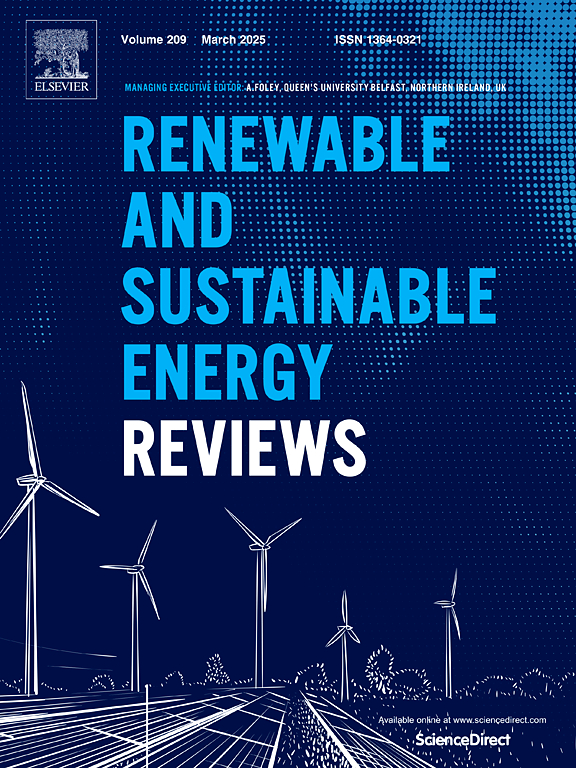This article analyzes the potential for landscape governance in large-scale commodity landscapes in Indonesia. It conceptualizes landscape governance as the spatialization of governance, which entails the interplay between natural-spatial conditions of place, public-private actor constellations, and policy responses. The article presents the case of a commodified oil palm landscape in West Kalimantan, where a potentially new type of landscape governance is emerging out of the experimental activities of an ecologically responsible commercial enterprise. It describes the development of a multifunctional concession as a process of productive bricolage involving the creative combination of different land uses within a single productive space. It also describes how such a multifunctional concession does not fit into existing policies, which are sectorally defined and embedded in sticky institutional frames. The formation of new public–private institutional arrangements needed for the development of multifunctional concessions is a difficult process, as it requires an alignment of contrasting discourses and an integration of sectorally-defined policy frames. If successful, it might facilitate the transition from multifunctional concessions to multifunctional landscapes. Such a fundamental change in land use and production relations however requires intensive stakeholder engagement and policy dialog. Indonesia’s continuous decentralization process offers opportunities for this, as it increasingly provides institutional space at the landscape level, for public and private actors to explore common concerns, and craft public–private arrangements specific to the landscape.
Download:
DOI:
https://doi.org/10.1007/s00267-017-0883-7
Altmetric score:
Dimensions Citation Count:

























